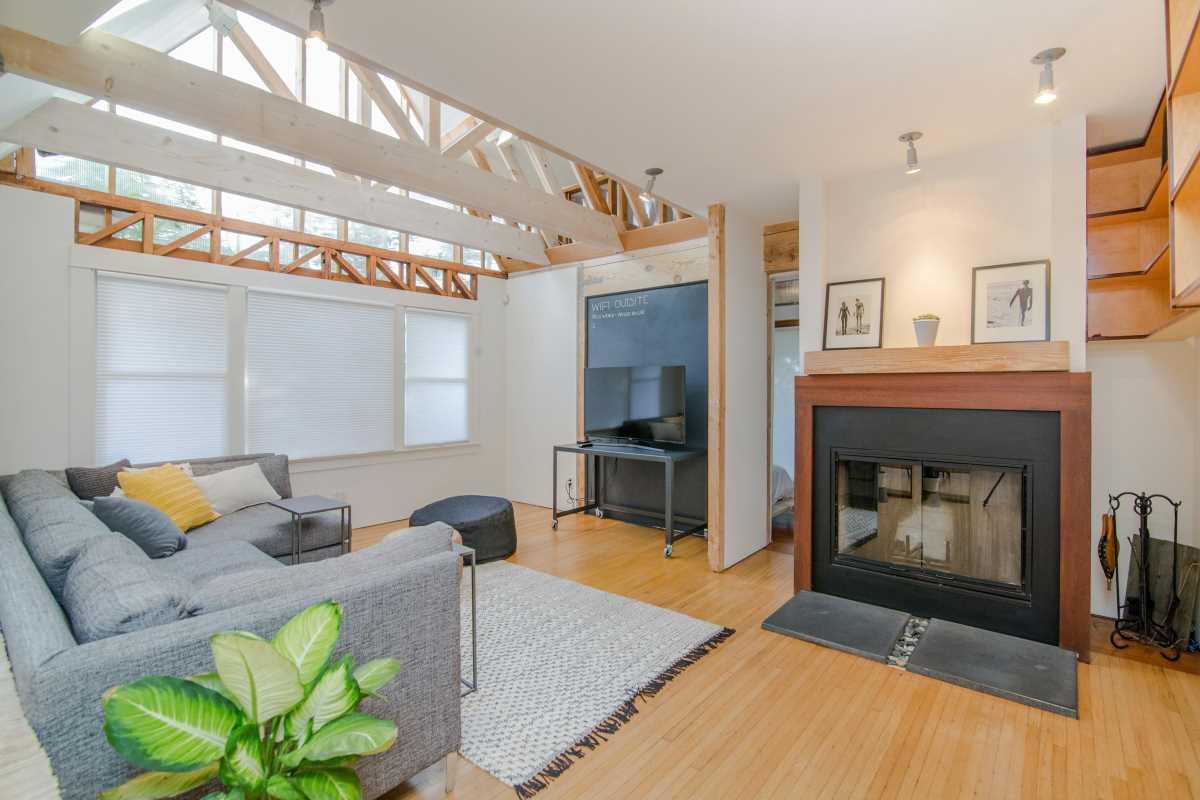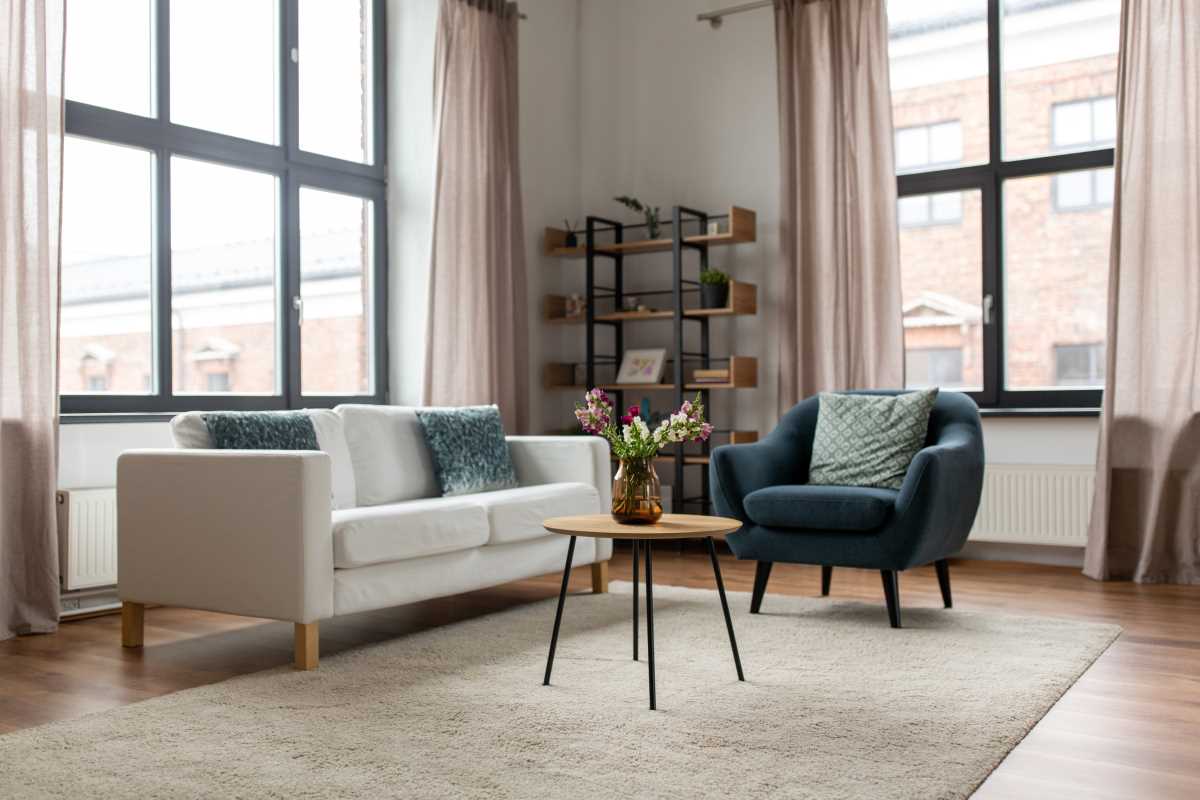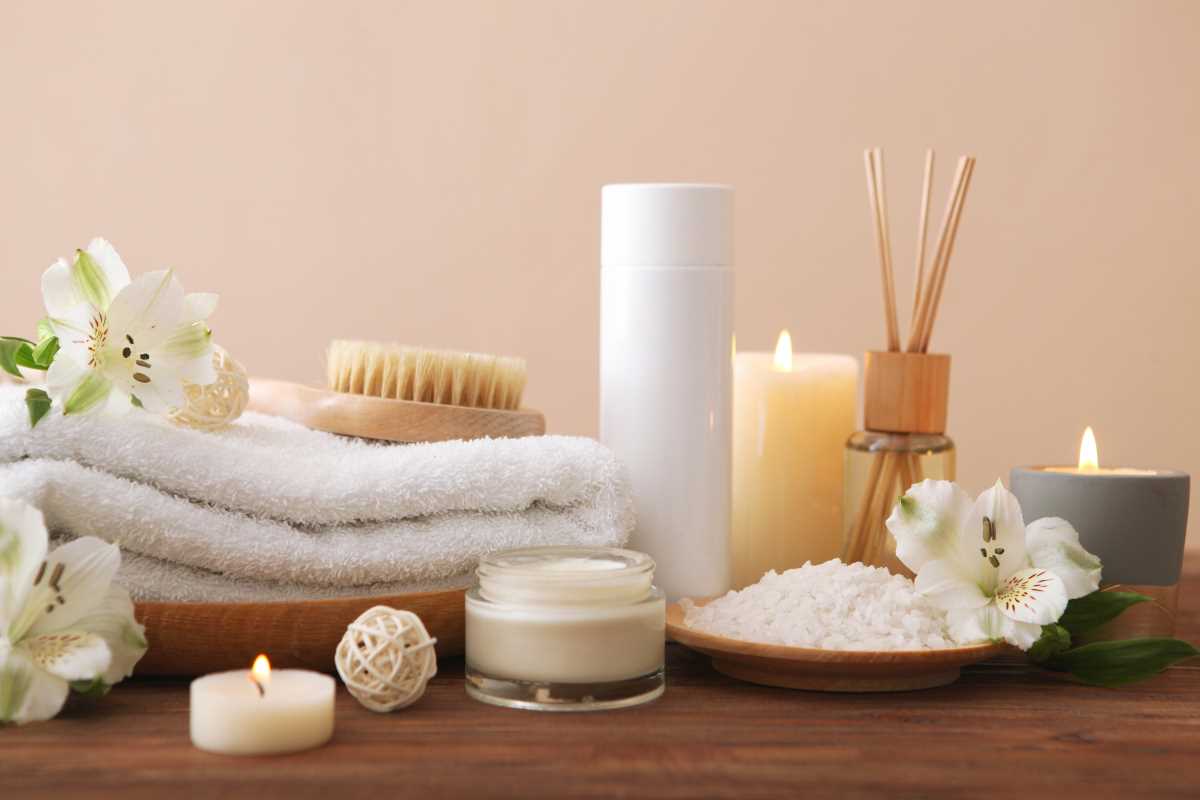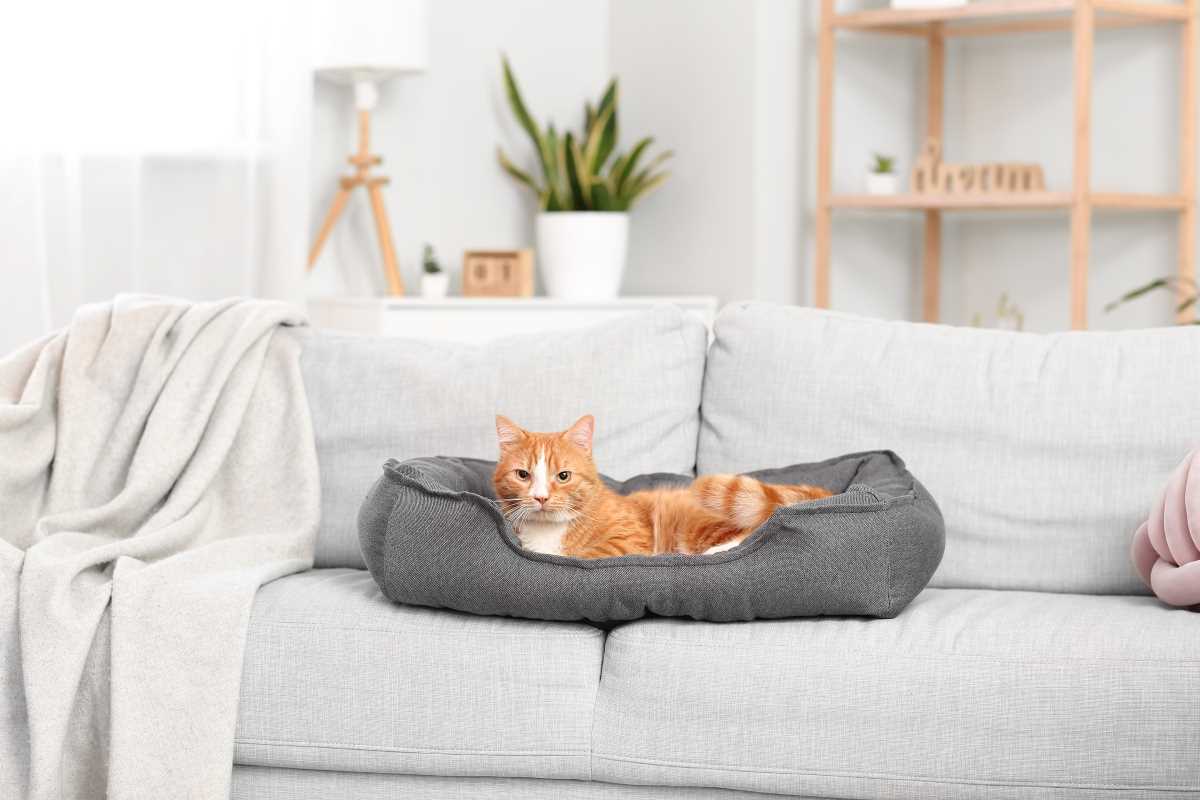Natural light streams across reclaimed wood floors, highlighting lush potted plants and carefully selected decor that reflect a commitment to both design and the environment. After balancing your budget and recognizing the unique features your home offers, you find yourself ready to refresh familiar spaces and create inviting nooks that bring comfort and inspiration. This guide brings a collection of simple, creative ideas designed to make eco-friendly updates enjoyable and achievable. Each suggestion encourages you to add your own touch, turning ordinary rooms into personalized spaces that look good and support a greener lifestyle.
New Ideas for Budget-Friendly Upgrades
Start by spotting surfaces that already have character: a scuffed hardwood floor or a weathered brick wall becomes an asset when you embrace its history. Instead of hiding quirks with glossy finishes, highlight them through selective sealing techniques. A water-based matte sealant costs under $30 per gallon and emphasizes texture without harsh sheen, reinforcing natural imperfections. Pair this with a warm, earth-toned rug made from recycled textiles—an easy way to tie the room together and soften foot traffic. Search local thrift shops for solid-wood chairs and tables; a quick sanding session and a coat of eco-friendly paint transforms donated finds into statement pieces.
When you let original architectural elements shine, you reduce material needs and labor costs. Hang a gallery wall with salvaged picture frames or lightweight cork boards. Cork sheets start at $15 for a 2x3-foot panel, cut to size with a utility knife. Fix them with removable adhesive strips to avoid damaging plaster. This approach frees you from heavy hardware and minimizes repair work later, saving both time and money.
Practical Steps for Greener Living Spaces
Assess Existing Materials
- Goal: Reuse flooring, wood trim, or brickwork to cut waste.
- Steps:
- Look for rot, mold, or termite damage.
- Test stability by tapping surfaces with the edge of a screwdriver.
- Focus on areas without major flaws.
- Cost/Benefit: Salvage-ready boards reduce disposal fees and cut material budgets by up to 40%.
- Tip: Wear a dust mask to avoid inhaling particles when testing.
Choose Water-Based Paints
- Goal: Replace solvent-heavy coatings with eco-friendly options.
- Steps:
- Select a certified low-VOC brand for interior use.
- Stir well and apply two thin coats with synthetic brushes.
- Allow four hours of drying between coats.
- Cost/Benefit: About $28 per quart, covering ~100 sq. ft.
- Insider tip: Dilute by 5% for smoother application on rough surfaces.
Install LED Lighting Upgrades
- Goal: Reduce energy use with efficient lighting.
- Steps:
- Check existing socket types and wattages.
- Buy LED bulbs rated at 800+ lumens.
- Replace bulbs room by room to track savings.
- Cost/Benefit: A 10-pack costs around $20 online.
- Pro tip: Pick warm color (2700K) bulbs to mimic incandescent glow.
Repurpose Furniture with Minimal Hardware
- Goal: Give old furniture a new function while reducing waste.
- Steps:
- Remove old drawer pulls and sand surfaces lightly.
- Install universal pull handles (~$3 each).
- Add lockable wheels to the base for mobility.
- Cost/Benefit: Entire project under $50, plus saves disposal costs.
- Insider note: Keep original screws in case you want to reverse changes.
Incorporate Indoor Plants for Better Air Quality
- Goal: Improve air quality with low-maintenance greenery.
- Steps:
- Check light levels in different room areas.
- Choose hardy plants like snake plant, pothos, or ZZ plant.
- Repot in biodegradable or terracotta containers.
- Cost/Benefit: A 6-inch plant averages ~$12 at local nurseries.
- Pro tip: Mix soil with perlite for better drainage and healthier roots.
Material Choices That Last
Engineered Wood Flooring
- Goal: Durable flooring that resists humidity better than solid planks.
- Steps:
- Lay down underlayment.
- Click panels into place—no nails required.
- Trim edges and finish with baseboards.
- Cost/Benefit: Around $2.50 per sq. ft.; a 200-sq. ft. room can be finished in under a day.
- Insider tip: Choose planks with an aluminum oxide finish for added scratch resistance.
Bamboo Cabinetry Panels
- Goal: Affordable, renewable alternative to hardwood veneers.
- Steps:
- Remove old cabinet doors.
- Measure frame openings precisely.
- Fasten pre-cut bamboo panels using wood glue and finishing nails.
- Cost/Benefit: Typically 20% cheaper than hardwood, with a full kitchen set under $300.
- Insider advice: Seal panel edges with clear, water-based polyurethane to prevent moisture damage.
Recycled Glass Countertops
- Goal: Eco-friendly, mosaic-style surfaces with unique variation.
- Steps:
- Mix crushed post-consumer glass with cement (DIY kits available).
- Spread evenly over the base surface.
- Polish and seal for durability.
- Cost/Benefit: Installed costs about $60 per sq. ft., or $35 per sq. ft. with DIY kits for a weekend project.
- Insider hack: Add a small percentage of colored glass fragments to disguise wear and add visual depth.
Reusing What You Already Have
Refresh Cabinet Hardware
- Goal: Give cabinets a fresh look with minimal cost.
- Steps:
- Source drawer pulls or knobs from secondhand stores.
- Polish with a baking soda paste to restore shine.
- Remove old hardware and attach new pieces using existing drill holes.
- Cost/Benefit: Under $5 per handle; complete in under an hour.
- Insider tip: Match finishes across rooms to create a cohesive look.
Update Window Treatments
- Goal: Replace heavy curtains with modern, eco-friendly shades.
- Steps:
- Measure window height and width.
- Trim roller shades (bamboo or organic cotton) on-site for custom fit.
- Install using included brackets or tension rods.
- Cost/Benefit: About $30 per shade, with 15-minute installation.
- Insider suggestion: Use tension rods to keep shades snug and prevent sagging.
Creative Accent Walls
- Goal: Add color and depth with minimal materials.
- Steps:
- Gather leftover paint samples in 2–3 shades.
- Start with the darkest tone at the bottom of the wall.
- Blend gradually upward into lighter hues for an ombré effect.
- Cost/Benefit: Around $5 per paint sample; three tins cover a 10×12 ft. wall.
- Insider trick: Use a sponge roller for smoother, softer gradients.
Bookmark these tips and gather your tools to refresh your home affordably and sustainably. Enjoy updating each room without overspending or creating excess waste.
 (Image via
(Image via





